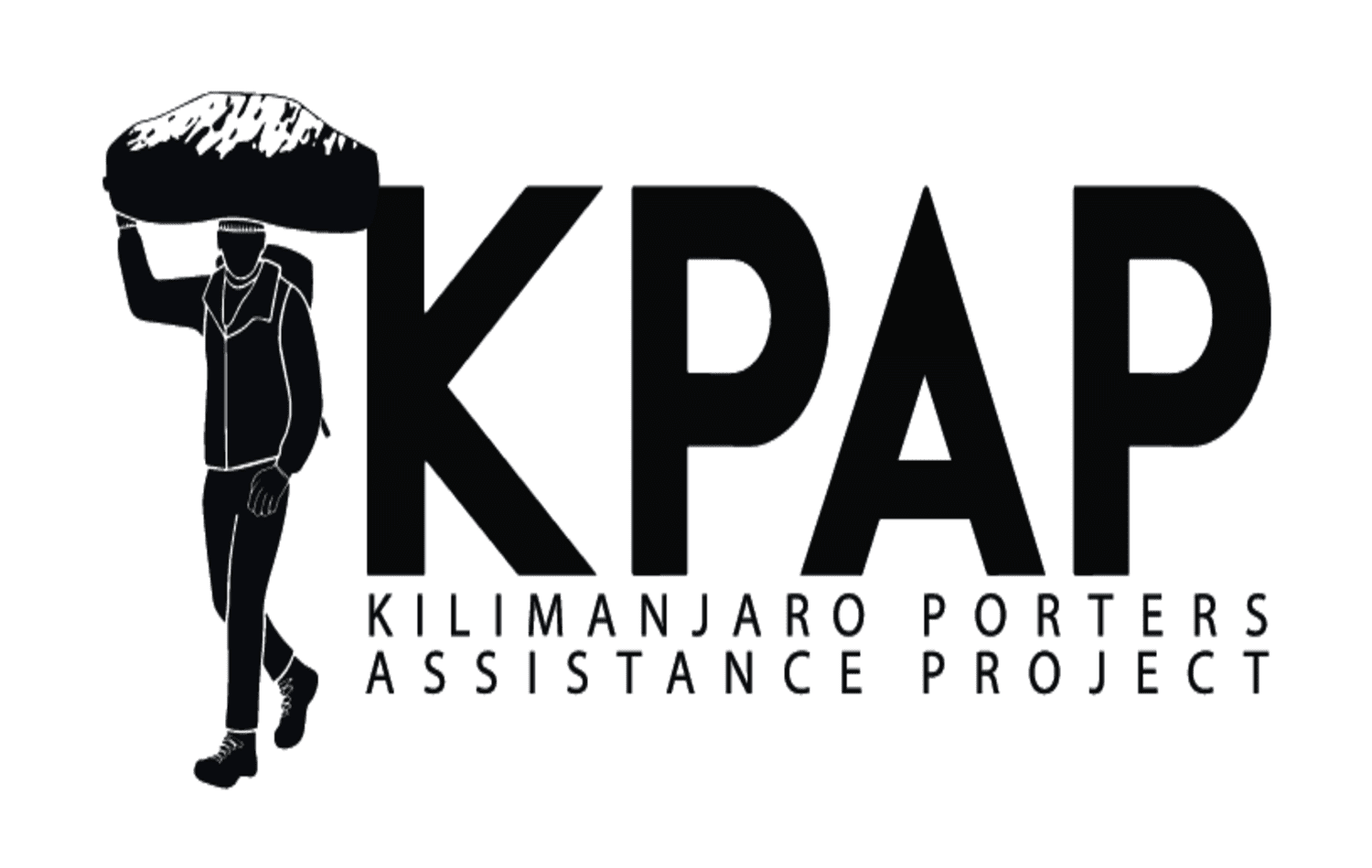Ngorongoro Crater, often referred to as the “Eighth Wonder of the World,” is one of Africa’s most breathtaking safari destinations. Located in northern Tanzania, this massive volcanic caldera is home to an incredible diversity of wildlife, lush landscapes, and unique ecosystems. Formed over two million years ago from a volcanic explosion, the crater is now a UNESCO World Heritage Site and a must-visit location for nature lovers and safari enthusiasts
Ngorongoro Crater is often called a “natural zoo” because of its dense animal population. Here’s what you can expect to see:
Ngorongoro is a year-round safari destination, but the best time depends on what you want to see:
A safari in Ngorongoro typically includes:
Accommodations range from luxury lodges with crater views to mid-range and budget-friendly options:
Ngorongoro Crater is an unmissable destination for any safari traveler in Tanzania. Its breathtaking landscapes, diverse wildlife, and cultural richness make it one of the best places for an unforgettable safari experience. Whether you’re spotting the Big Five, admiring flamingos on the lake, or engaging with the Maasai community, Ngorongoro promises an adventure like no other.
Are you ready to explore this natural wonder? Start planning your Ngorongoro safari today!



TERMS AND CONDITIONS | AFRICAN SAFARI | PRIVACY POLICY | REFUND POLICY | FOR TRAVEL AGENCIES | HOTELS IN TANZANIA | OUR BLOG
© 2025 Shiri Adventures